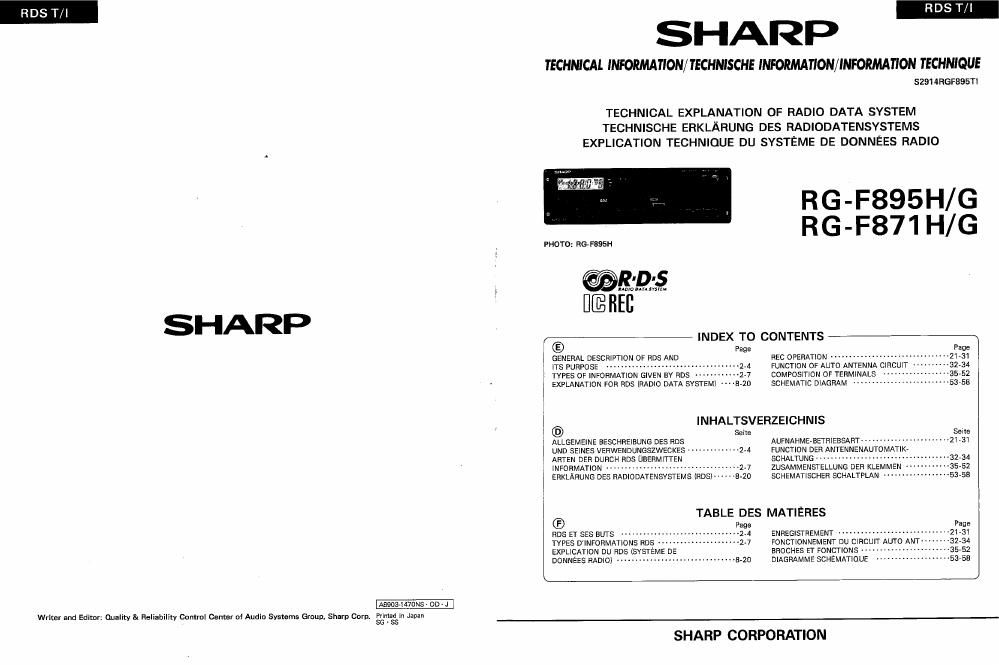Sharp rg f 871 g service manual
This is the 28 pages manual for sharp rg f 871 g service manual.
Read or download the pdf for free. If you want to contribute, please upload pdfs to audioservicemanuals.wetransfer.com.
Page: 1 / 28
